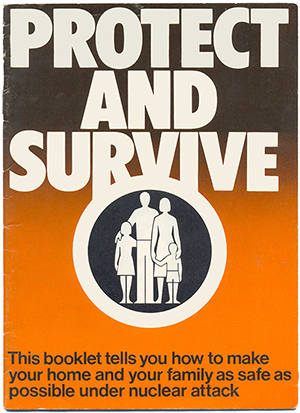In August 1979, the Ministry of Defence published the “Joint Service Manual of Home Defence”. This document, classified as Restricted, provided instructions to the UK armed forces on the defence of the UK in the event of a war, with a strong focus on nuclear attack.
“It may seem pedantic in the aftermath of a nuclear attack to require that deaths and burials are recorded…”
Part of the military aid it was envisaged they would provide to the civil authorities was assisting with the burial of the dead. The manual insists scrupulous records should be kept, and even provides a form to complete for each corpse.




